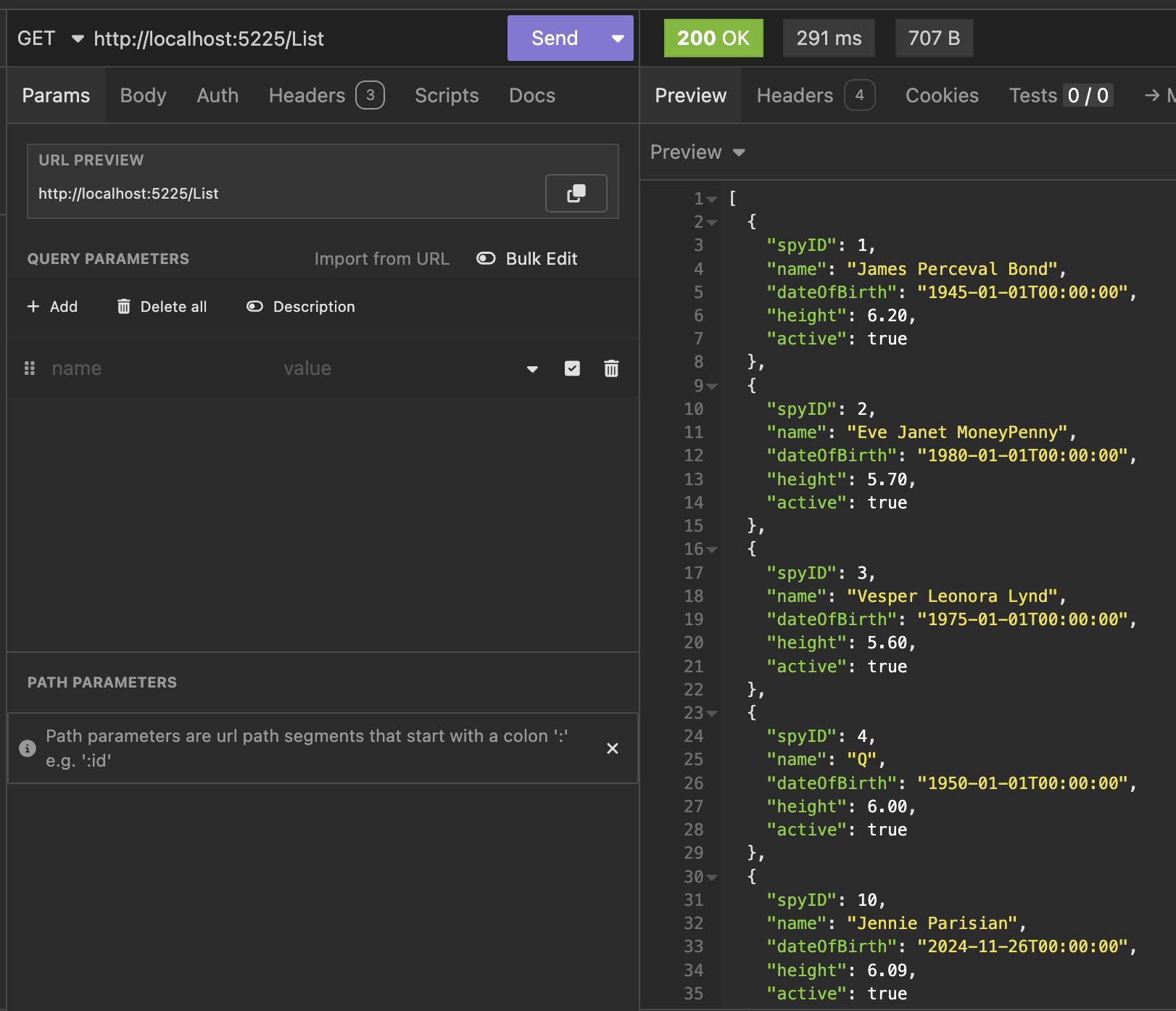Dapper Part 15 - Using the IN Clause
[C#, .NET, Dapper, Database]
This is Part 15 of a series on using Dapper to simplify data access with ADO.NET
- Simpler .NET Data Access With Dapper - Part 1
- Dapper Part 2 - Querying The Database
- Dapper Part 3 - Executing Queries
- Dapper Part 4 - Passing Data To And From The Database
- Dapper Part 5 - Passing Data In Bulk To The Database
- Dapper Part 6 - Returning Multiple Sets Of Results
- Dapper Part 7 - Adding DateOnly & TimeOnly Support
- Dapper Part 8 - Controlling Database Timeouts
- Dapper Part 9 - Using Dynamic Types
- Dapper Part 10 - Handling Cancellations
- Dapper Part 11 - Using Inheritance
- Dapper Part 12 - Alternative Bulk Insert Technique
- Dapper Part 13 - Using Transactions
- Dapper Part 14 - Multithreading
- Dapper Part 15 - Using The IN Clause (This Post)
- Dapper Part 16 - Consideration When Passing Parameters
In the last post, we looked at considerations for multithreading.
This post will discuss how to use the SQL IN clause.
In a previous post, we saw how to use table-valued parameters to bulk-send data to the database.
Sometimes, you have a situation where your data is in a simple list of primitives.
In such a situation, you do not need the overhead of a user-defined type and a table-valued parameter.
Let us take a situation where we need to load the details of several Spy entities with their SpyIDs provided at runtime.
If we knew the IDs in advance, we would write a query like this:
SELECT *
FROM Spies
WHERE Spies.SpyID in (1, 2 ,3 ,4, 6, 10, 13, 56)
However, if the IDs are being provided at runtime, we do something like this:
app.MapGet("/List", async (SqlConnection cn) =>
{
// create query
const string query = """
SELECT * FROM Spies
WHERE Spies.SpyID IN @Spies
""";
// define a collection to store the IDs
int[] ids = [1, 2, 3, 4, 6, 10, 13, 56];
// Fetch the spies
var spies = await cn.QueryAsync<Spy>(query, new { Spies = ids});
return spies;
});
This will return the following:

The magic is taking place here:
// Fetch the spies
var spies = await cn.QueryAsync<Spy>(query, new { Spies = ids});
Dapper can use the list to construct a valid IN query.
Note that the query itself does not have brackets around the parameter.
SELECT * FROM Spies
WHERE Spies.SpyID IN @Spies
TLDR
Dapper can construct and execute valid IN clause statements using collections.
The code is in my GitHub.
Happy hacking!